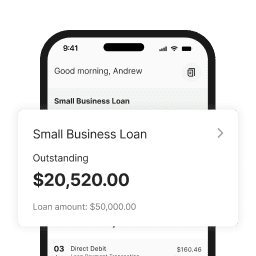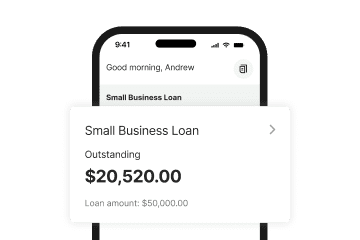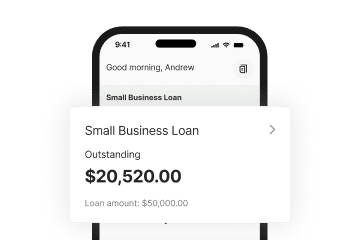Budgeting might seem like a bore, but it’s crucial for ensuring long-term success.
Here are five key steps to get started with a budget for your small business.
1. Getting started
Janine Allis, founder of Boost Juice, says smarter money management is key to growing a successful business. She encourages small business owners to be vigilant about their expense records.
The simplest place to start is by going back over your monthly sales and expenses. Reviewing these will reveal your strongest and weakest months, and when you have the highest expenses. Break down the following:
- Labour costs: Employed staff and outsourcedlabour.
- Office expenses: This might include equipment like computers.
- Other recurring costs: Utilities, rent, etc.
The next step is to subtract these expenses from your revenue. Consider how this figure compares to your financial goals. Are you on track or will you need to think about cutting back expenses?
If you’re just starting up, you’ll be forced to make estimates. Speaking to your financial advisor and doing some research on comparable businesses will clarify typical costs and revenues. The main rule is: don’t just guess.
2. Know your income sources
It’s important to know where your money is coming from. Organise this by breaking down your income into two main streams: recurring income and one-offs (like a government grant). If you’ve taken out a small business loan, add the repayments to your expenses list in the third step.
The following is a simple example:
[mk_table]
| INCOME | MONTHLY TOTAL | ANNUAL TOTAL |
| RECURRING FOR 2018 | ||
| GENERAL CONSULTING | $18,000 | $216,000 |
| RESEARCH WORK | $5,200 | $62,400 |
| ONE-OFF PAYMENTS FOR 2018 | ||
| GOVERNMENT GRANT | $5,000 | |
| TOTAL INCOME | $23,200 | $283,400 |
[/mk_table]
This step focuses on separating fixed costs, such as insurance and rent, from variable costs like office supplies, employee costs and marketing expenditure.
3. Determine variable and fixed costs
Write down every expense and create a monthly and annual cost table, as shown below:
[mk_table]
| EXPENSES | MONTHLY | ANNUAL |
| FIXED | ||
| RENT | $2,000 | $24,000 |
| INSURANCE | $200 | $2,400 |
| TOTAL | $2,200 | $26,400 |
| VARIABLE | ||
| LABOUR COSTS | $14,583 | $175,000 |
| OFFICE SUPPLIES | $500 | $6,000 |
| TOTAL | $15,083 | $181,000 |
| EXPENSES TOTAL FOR 2018 | $207,400 |
[/mk_table]
4. Review and determine profit
The fourth step is to determine how much profit you expect to make during the financial year.
Jessica May, founder and CEO of Enabled Employment, says projecting these numbers is key. “We project five to six months ahead,” she says. “We use spreadsheets that automatically calculate the amount we expect to have coming in versus what is projected to be going out, and we work with a contractor CFO to help us out.”
For small business owners managing their own expenses, simply deduct the total annual cost of expenses from your total annual income.
In the example given, total income of $283,400 exceeds total expenses of $207,400, leaving a healthy annual profit of $76,000.
The whole premise of budgeting is to ensure your income consistently outperforms your expenses. Having a budget will help you improve this by identifying the biggest costs and revenues. It’s generally recommended to build in a safety margin of between 10% and 20% around revenues, to account for unpredictable events.
5. Update
The final step is to update the budget on a monthly basis as things change. As any small business owner knows, change is very likely.
Creating a budget for your small business is essential to determine where your money is going, and to achieve your financial goals.
If you need extra funds for expansion, talk to Prospa about a small business loan that will suit your needs.








